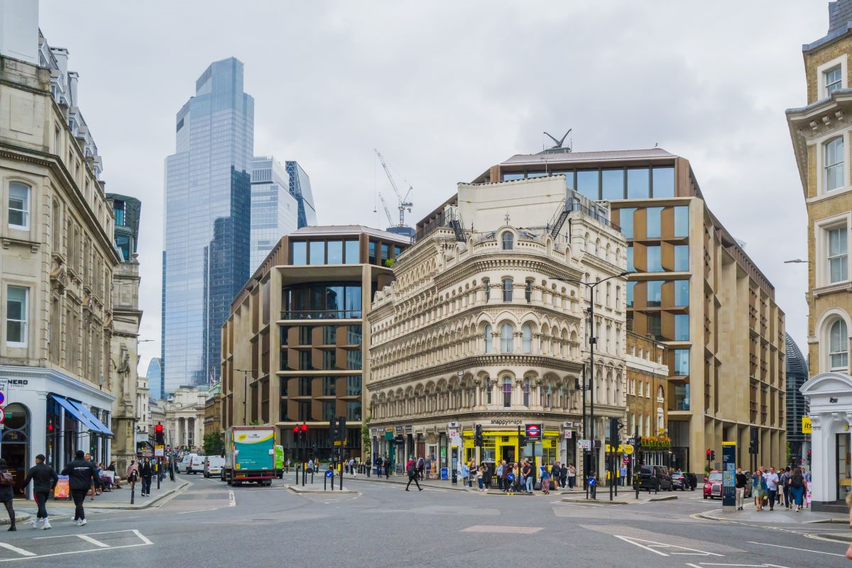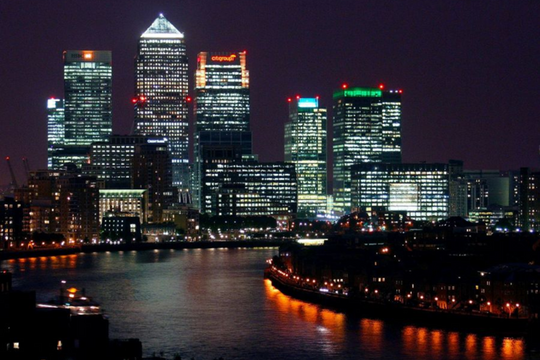The London property market, known for its resilience, has endured highs and lows over the last three decades. Despite economic shifts, it consistently rebounded, driven by economic vitality, scarce supply, and persistent global demand.

The 1990s:
In the 1990s, the London property market saw turbulent swings. The decade started with economic challenges following a downturn from the late '80s crash. Rapid interest rate changes, rising unemployment, and falling house prices marked the early '90s. Government interventions aimed to stabilise the market, but prices continued to plummet, hitting a low in 1995, especially in London and the south.
This period impacted affordability significantly, with property prices surging far ahead of income growth. The housing landscape started shifting shifted, with fewer Londoners owning homes from 2001. Notably, areas like Canary Wharf saw huge property price leaps driven by substantial investments and urban development.
The 2000s:
Continuing momentum from the prior decade, in the early 2000s, house prices continued to increase. However, the market slowed around 2007 amid the global financial crisis's repercussions.
The 2008 financial crash saw banks restrict lending, making it harder to get mortgages, leading to a sharp decline in property values, with prices dropping 20% in the UK on average. The financial crash resulted in widespread unemployment, a prolonged recession, and many people dealing with negative equity, where their homes were worth less than their mortgages, leaving many in limbo, stuck in homes they couldn’t afford but couldn’t sell.
Post-Financial Crisis Era:
In the two years or so post-financial crisis, the London property market bounced back. Prices began to climb once more with substantial contributions from foreign investment driving the recovery due to the low prices of property in the capital, coupled with low interest rates which the Bank of England dropped from 5.25% in February 2008, to 0.50% by March 2009.
The housing market continued its gradual recovery from the financial crisis but grappled with a significant challenge—insufficient supply to meet the expanding population, resulting in escalating property prices. Due to a shortage of social housing and mortgages beyond affordability, an increasing number of individuals opted for private renting, contributing to decreased owner-occupied properties.
Resilience and Recovery - The Property Market from 2013 to 2023
From 2013 onward, the UK property market experienced an upturn, witnessing a steady increase in prices for the following six years. Despite an initial slowdown in price growth after the Brexit vote in 2016, a swift recovery ensued. The housing market demonstrated robust performance in 2021 and maintained a relatively consistent trajectory through 2023.
The COVID-19 pandemic reshaped the London property market significantly. Data from Lloyds bank states that there was a 20.4% surge in UK house prices between January 2020 and December 2022—a staggering increase of £48,620 on average.
Detached homes experienced a remarkable spike of 25.9%, with an average rise of £93,345, while flats in London saw a marginal 3.8% increase, contrasting sharply with the North West's 23.5% surge.
This shift reflects an emerging preference for larger homes in suburban or rural settings and a shifting demand for urban flats to accommodate work-from-home requirements, contributing to a notable transformation in housing preferences during and after the pandemic.
Drivers of Growth in London Property Prices:
There are a number of fundamental drivers that influence growth in London. London's status as a global financial and business hub drives job creation, drawing in residents and sustaining housing demand. With limited land availability and an increasing population in the capital propelling house prices upwards, a persistent demand-supply imbalance is created, a trend likely to endure.
The global appeal of London continues to attract property investments from around the world. Fuelled by its cosmopolitan charm and myriad economic opportunities, the sustained global demand for London property is anticipated to endure well into the future.
London's property market has navigated the highs and lows of the last three decades, affirming its status as a secure marketplace. The city's resilience positions it as a stable and promising investment destination for the years to come.
Get in touch with our team of property investment specialists for expert advice.



